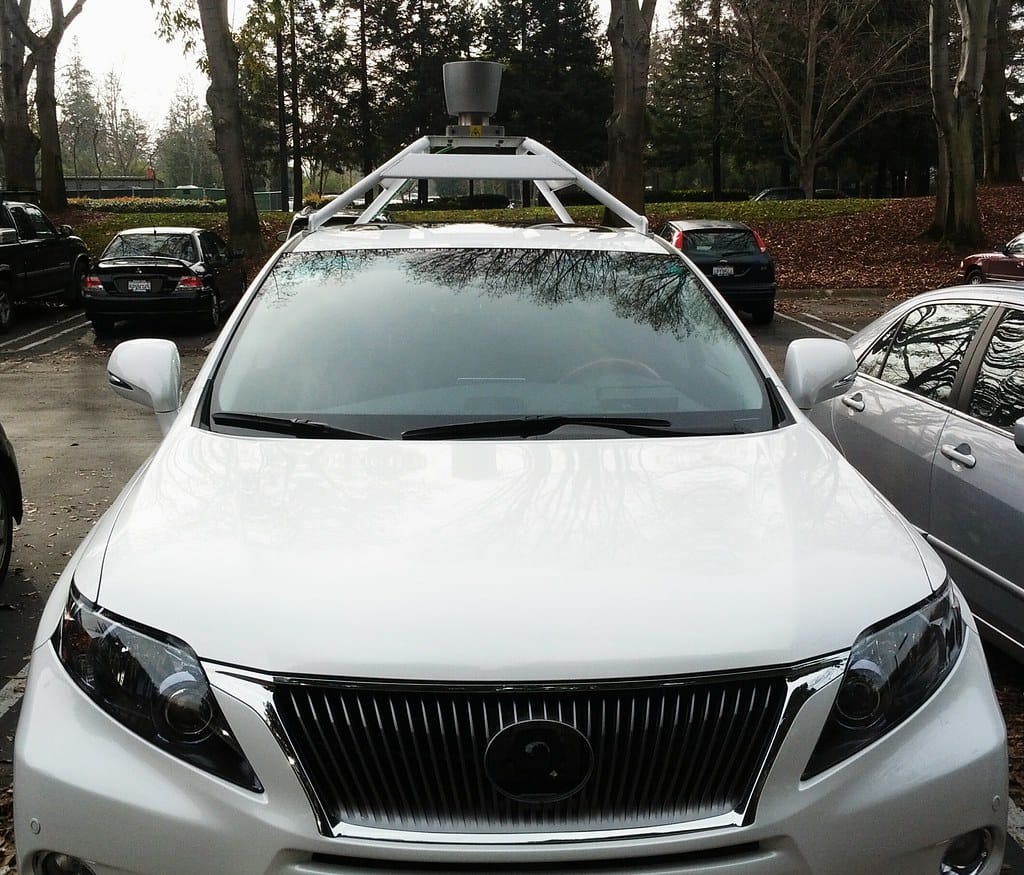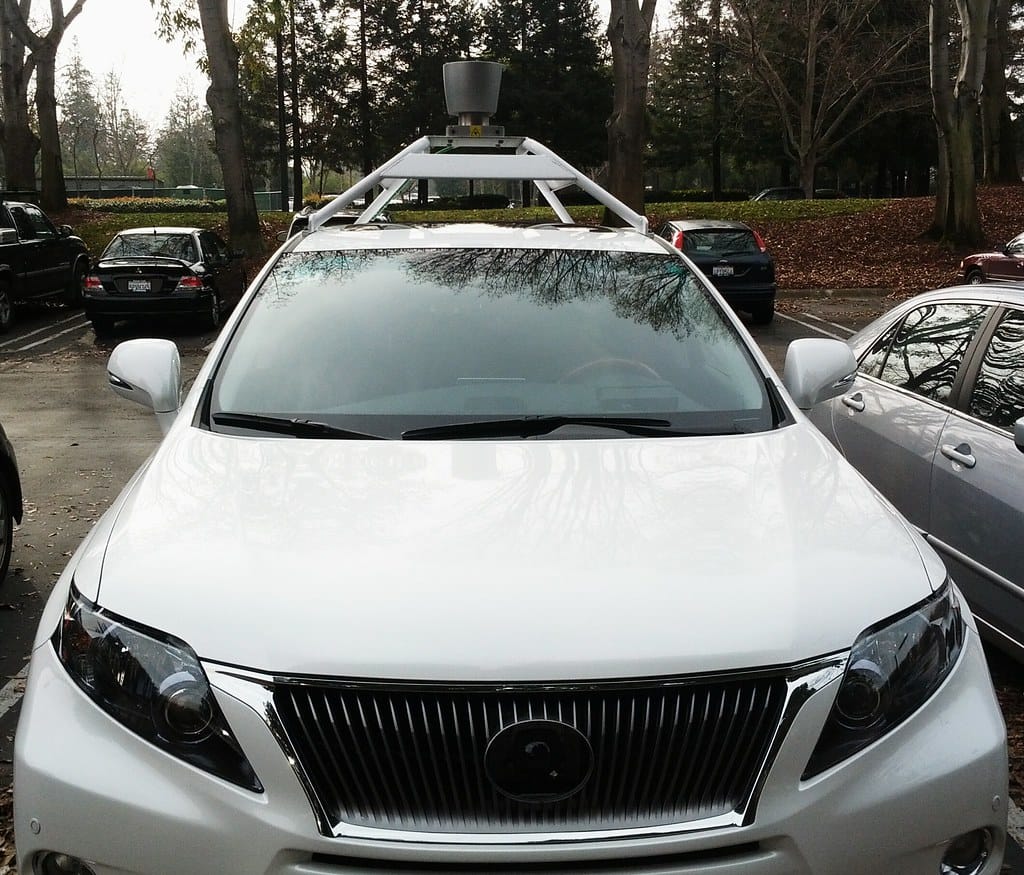Waymo's Robotaxis Return to NYC: Self-Driving Cars Navigate the Concrete Jungle Again
Google's autonomous vehicle subsidiary Waymo is steering back into New York City, marking a significant milestone in the company's quest to bring self-driving technology to America's most challenging urban environments. After previous testing phases, Waymo's return to the Big Apple signals both the maturation of autonomous vehicle technology and the company's confidence in tackling one of the world's most complex driving ecosystems.
A Strategic Return to America's Toughest Streets
New York City represents the ultimate proving ground for autonomous vehicles. With over 8.3 million residents, millions of daily commuters, and streets that see everything from yellow cabs to delivery trucks, cyclists, and pedestrians, NYC's traffic patterns are notoriously unpredictable. Waymo's decision to return demonstrates the company's belief that its technology has evolved sufficiently to handle these complexities.
The robotaxi service, which has been successfully operating in Phoenix since 2020 and expanded to San Francisco in 2023, brings years of real-world experience to New York's unique urban landscape. Unlike the wide, grid-like streets of Phoenix or the hilly terrain of San Francisco, NYC presents challenges including narrow streets, aggressive driving patterns, and constant construction zones.
Technology Meets Urban Reality
Waymo's vehicles rely on a sophisticated combination of LiDAR sensors, cameras, and radar systems to navigate complex environments. The company's proprietary software has logged over 20 million autonomous miles on public roads and billions more in simulation. This extensive data collection has been crucial in training the AI systems to handle edge cases – those unpredictable situations that occur in real-world driving.
In New York specifically, Waymo's vehicles must contend with:
- Double-parked vehicles creating dynamic obstacle courses
- Pedestrians crossing mid-block in patterns unlike other cities
- Delivery trucks frequently blocking lanes
- Construction zones that change daily routing requirements
Regulatory Landscape and Public Acceptance
The return to NYC also reflects evolving regulatory attitudes toward autonomous vehicles. New York State has historically been more cautious about self-driving car testing compared to states like Arizona and California. However, recent policy shifts suggest growing acceptance of the technology's potential benefits.
Public acceptance remains a critical factor. A 2023 survey by the American Automobile Association found that 68% of Americans remain afraid of fully autonomous vehicles, though this represents improvement from 78% in 2020. New York City's diverse population and heavy reliance on public transportation create unique considerations for autonomous vehicle adoption.
Economic Implications and Competition
Waymo's NYC expansion comes at a time when the robotaxi industry is heating up. Competitors including Cruise (backed by General Motors) and emerging players like Zoox (owned by Amazon) are vying for market share in major metropolitan areas. The total addressable market for autonomous ride-hailing services is projected to reach $2 trillion globally by 2030.
For New York City, robotaxis could potentially:
- Reduce traffic congestion through optimized routing and reduced parking needs
- Improve accessibility for residents with mobility challenges
- Create new economic opportunities while disrupting traditional taxi and ride-share services
Challenges Ahead
Despite technological advances, significant hurdles remain. Weather conditions, particularly snow and ice common in NYC winters, continue to challenge autonomous vehicle sensors. Additionally, the integration with existing transportation infrastructure, including coordination with traffic management systems, requires careful planning.
The economic impact on traditional taxi drivers and ride-share operators also presents social and political challenges that Waymo must navigate carefully. The company's approach to community engagement and workforce transition will be closely watched by other cities considering similar deployments.
The Road Forward
Waymo's return to New York City represents more than just another market expansion – it's a litmus test for the autonomous vehicle industry's readiness for mainstream adoption. Success in NYC could accelerate regulatory approval and public acceptance nationwide, while challenges could highlight areas where the technology still needs refinement.
As Waymo's distinctive white SUVs once again begin navigating Manhattan's streets, they carry with them the hopes and skepticism of an industry at a crossroads. The coming months will reveal whether autonomous vehicles are truly ready for prime time in America's most demanding urban environment, potentially reshaping the future of urban transportation for millions of Americans.

